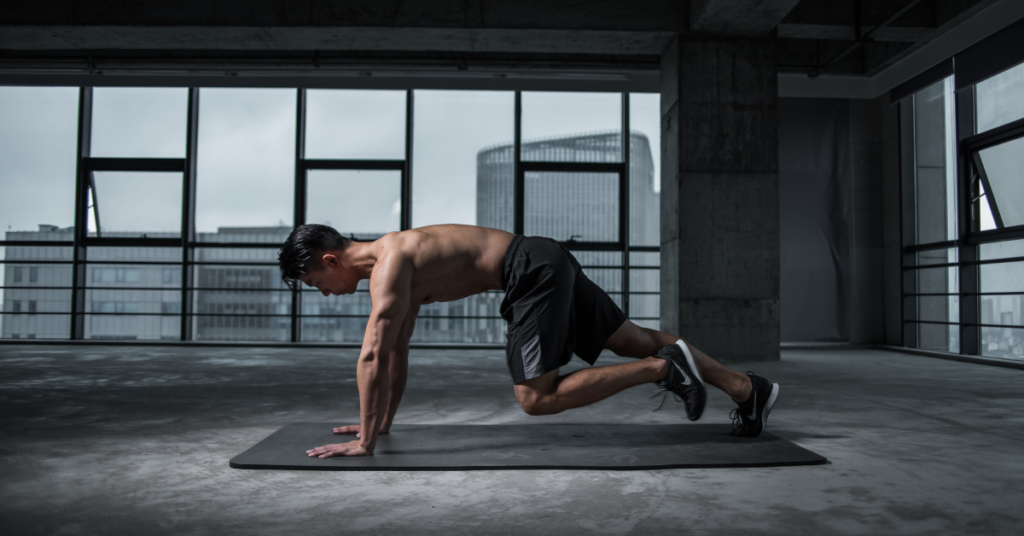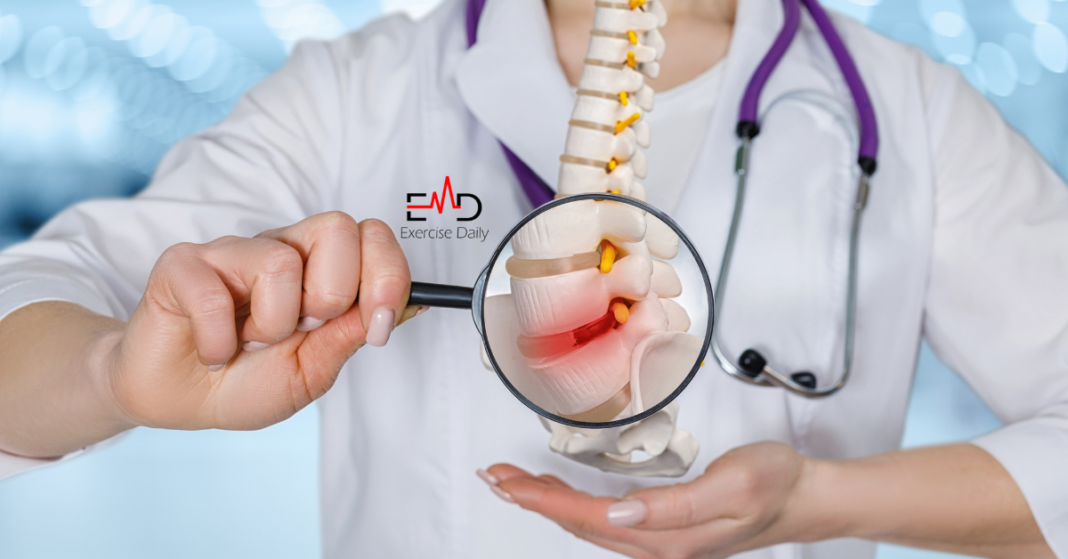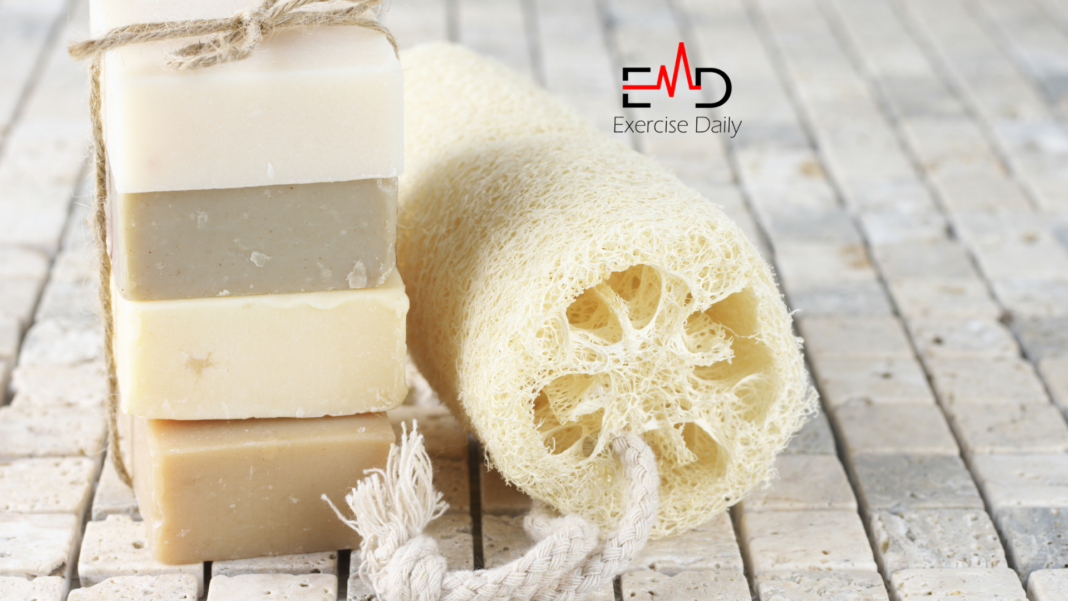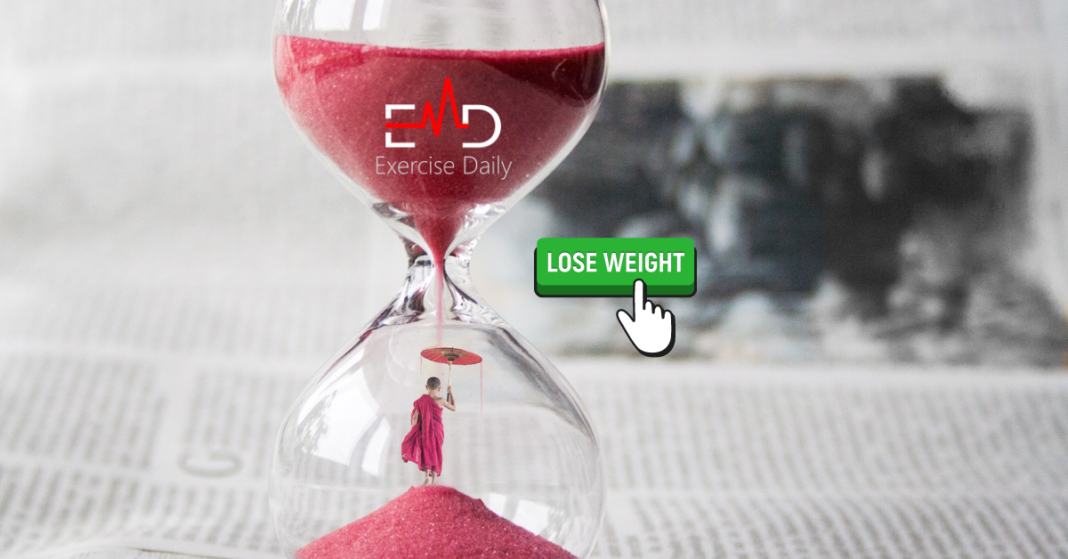Exercise Daily – looking forward to the Sports Hernia Surgery and its alternatives? If so, then read this comprehensive guide on Sports Hernia and its treatment.
The proper diagnosis of groin discomfort in athletes has become a difficult task for physicians and sports medicine practitioners. Until recently, the majority of groin pain in athletes was attributed to a muscle strain.
Over the last several decades, a substantial study has been conducted to determine the causes of groin pain. It has been discovered that a number of diseases can generate symptoms that are related to groin pain.
A sports hernia is a type of issue that might be particularly difficult to diagnose.
What is A Sports Hernia?
Known as athletic pubalgia, a sports hernia is a type of soft tissue injury that occurs in the groin area.
Generally speaking, a groin strain or tear refers to a strain or tear in any soft tissue in the groin area, including muscles, tendons, and ligaments. Sporting activities that necessitate abrupt changes of direction or twisting motions are the most common examples.
Sports may be physically demanding on the body, and injuries are relatively uncommon. Particularly, when the muscles and joints are overworked as a result of intensive exertion.
Groin injuries, such as sports hernias, are more common in high-intensity competition sports. Especially, those involving repetitive rapid twisting and turning motions.
In this post, we go into further detail on sports hernias, including where they occur and how they are caused.
Before moving towards sports hernia surgery, let’s have a look at its causes.
Sports Hernia Causes

The majority of the time, a sports hernia occurs as a consequence of physical activity. Especially abrupt twists and turns, which can create a tear in the soft tissue of the lower abdomen or groin.
Sports such as ice hockey, soccer, wrestling, and football, are more likely to have them than other types of sports.
Sports hernias are more common among younger males who are engaged in sports, which specialists believe is due to the fact that they have a smaller pelvis than females, according to the experts.
Females can also get sports hernias, although they do so at a lower rate, and they are very uncommon in youngsters and older adults.
Despite the fact that these injuries are more common among individuals who participate in sports on a regular basis, people who do not participate in sports might nevertheless suffer from a sports hernia.
How to Diagnose A Sports Hernia?
For the Sports Hernia diagnosis, a doctor will generally begin the diagnostic process by asking the patient about their symptoms and the circumstances surrounding the suspected injury.
During the physical exam, they may palpate the groin area to see if there is any sensitivity, and they may ask the client to make specific motions to see if they cause any discomfort.
A doctor would almost certainly request imaging studies to establish a diagnosis of a sports hernia and to distinguish it from other potential diseases that might be present. Imaging tests may include the following:
- X-rays
- MRI scans
- CT scans
- Bone scans
Now, let’s have a look at sports hernia surgery and other possible treatments.
Sports Hernia Treatment
Aside from surgery, there are just a few therapies that have been proved to be helpful in the treatment of sports hernia. In spite of these considerations, initial therapy for a sports hernia is always conservative, with the expectation that the symptoms would resolve.
Treatments such as resting from activities, taking anti-inflammatory medicines, applying ice to the affected area, and receiving physical therapy can all be performed in an attempt to ease the patient’s symptoms.
Strengthening the pelvic and abdominal muscles might be helpful in alleviating discomfort in some cases.
If none of these methods are effective in alleviating the symptoms of a sports hernia, surgery to restore the weakening region of the abdominal wall may be considered.
Surgery for a sports hernia, according to several studies, between 65 percent and 90 percent of athletes are able to return to their previous level of performance.
The recovery period post-surgery for a sports hernia is typically eight weeks.
Sports Hernia Treatment Without Surgery
In order to treat sports hernias, one can choose between two distinct forms of treatment: surgery or non-surgical. Treatments for sports hernias that are non-surgical in nature are successful in 90 percent of cases and may include the following:
- Rest: Your doctor may urge that you refrain from engaging in strenuous physical activity for 7 to 10 days in order to enable the injury to rest and heal.
- Ice: Ice can be applied to the affected region to help decrease inflammation and discomfort.
- Medicine: Analgesics that reduce inflammation, such as ibuprofen, naproxen, or aspirin, can help to decrease swelling and other feelings of discomfort and discomfort.
- Injections: In rare circumstances, your doctor may recommend an injection to aid in the recovery of a strained muscle or tendon that has been damaged.
- Physical therapy: Physical therapy will most likely be recommended by your doctor in order for you to restore full mobility.
All of these methods are effective if you are looking for sports hernia surgery alternatives.
Sports Hernia Surgery Cost
Certainly, one of the issues on your mind as you prepare to finally seek medical treatment for your pain would be the cost of treatment.
Despite the fact that insurance plans vary significantly and coverage plans are largely reliant on the individual, you can be confident that the cost will not be financially crippling.
Prepare to pay $5,000-$10,000 out of pocket before your insurance kicks in, depending on where you have the operation done. This covers the price of renting an operating room, hiring an anesthesiologist, as well as other hospital fees and charges.
The increase in popularity of the injury has resulted in it becoming more better known and simpler to correctly diagnose, making it very likely that your health insurer will pay at least a portion of the costs associated with it.
If you are considering having surgery in the United Kingdom, you should be aware that the costs will almost definitely be higher than in the United States.
The ultimate amount you see on your statement will also be heavily influenced by the type of surgery performed: mesh vs. the minimum repair approach.
Because the minimum repair technique necessitates the employment of a specialist who has received specialized training in the surgery, it will almost always be more expensive than the mesh approach, which can be performed by a general practitioner in most cases.
So, this was all about sports hernia surgery overall cost.
Sports Hernia Exercises

The following is a list of various beneficial stretches that may be used to treat your sports hernia if you have one. After a physiatrist or sports physical therapist provides you with advice on these exercises, you’ll be back to your old self in no time at all.
Side Bends Stretching
The side bend stretch is one form of workout that is recognized for being easy on the body. When completing this exercise, you must maintain a straight posture and keep your arms at your sides throughout.
This means that your legs must be shoulder-width apart. After that, you will raise your left arm over your head and bend the upper half of your body to the right side of your body.
Hold this position for approximately 30 seconds before bringing your arm and upper body back to the starting position.
For the next 30 seconds, extend your right arm and bend your body to the left side as if you were walking. This practice should be repeated four times.
Lunge Stretch
If you have a tear inside your groin muscle, a lunge stretch might also be a beneficial exercise to perform with the assistance of a physical therapist.
Lie down on your left knee and turn the inside of your left knee inward to perform this stretching exercise. To do this, you’ll want to bend your right knee to a 90-degree angle and position your hands in front of you on the floor between your legs.
Extend your hips all the way down to the floor, making sure your right groin is fully extended.
Stretch for at least 15 seconds, if not more, while maintaining the position.
Make sure to alternate your legs and do this exercise at least four times per day until your injury has healed completely.
Because this is a difficult exercise, it is recommended that you seek assistance from a physiatrist or physical therapist.
Hip Extension Exercise
Hip extension exercise is an effective pain reliever after sports hernia surgery.
The hip extension exercise is another stretch that may be used to cure a sports hernia if you have one.
When you have a groin injury, it is important to do this stretch during the first two weeks after suffering the injury.
Lie down on the floor with your tummy pointing downward in order to perform this stretching exercise. It will then be necessary to raise one leg six to eight inches off the floor.
Continue to maintain your leg in the most straight possible posture for 30 seconds. Then you’ll put your leg down and exchange legs with another.
Keep your other leg at least six inches above the ground and as straight as possible as you lift it up after the first. You should repeat the hip extension exercise four times.
Stretching the Groin While Sitting
After your sports hernia surgery, you can do groin stretching to boost up the healing process.
One other exercise that should be beneficial for a sports hernia is the seated groin stretch, which is good for reducing the pain caused by a torn muscle.
Lie down and grasp the soles of your feet with both of your hands in order to complete this activity.
After that, you’ll pull your feet together and move your heels closer to your chest area. Position your upper body such that it is parallel to the ground until you feel a stretch in your groin area.
For a minimum of 15 seconds, maintain the posture, and then perform the exercise four or five times each day. A physical therapist can assist you in finding the most comfortable posture for this stretch.
When it comes to alleviating the discomfort associated with a sports hernia and developing the best rehabilitation program possible, you’ll want to consult with professionals.
In the event of a sports injury, make every effort to get in touch with a spine orthopedics and rehabilitation facility as soon as possible. Consider consulting with an orthopedics physiatrist in New York for your needs.
Best Hernia Belts to Prevent Sports Hernia Surgery
Tenbon Hernia Belt Truss
The hernia belt comes with two created compression cushions that you can remove to provide additional support. This hernia belt is suitable for relieving pain caused by a single or a double hernia.
The straps are adjustable more or less snug to fit your comfort. It will certainly keep you healthy while also providing some assistance to the herniated disc.
The use of two removable compression pads to assist weak groin muscle tissue. Moreover, to make use of a fixed, modest strain to a hernia are both recommended.
It is made from durable, machine-washable skin-friendly materials. It’s more comfortable and breathable, making it ideal for wearing under your clothes for extended periods of time.
Hernia Belt for Men Women Inguinal Hernia
The use of flexible elastic materials and the construction of the truss provide comfortable support while allowing for a full range of motion.
You can wear this belt after your sports hernia surgery to alleviate the symptoms or discomfort.
The elastic adjustable straps allow for custom-fit and controlled compression, while managed compression is also available.
An elastic silicone pad with a soft-touch liner may help for the treatment of hernias in order to reduce stress.
This is very useful for appropriate side hernia assist earlier than and after surgical procedure. Especially, to prevent the hernia from recurring and to protect the incision website. You can use it in a variety of sports activities and on a regular basis maximum assistance.
The slimline form of the hernia truss, allows you to wear it for extended periods of time.
FlexaMed Right Side Inguinal Groin Hernia Truss
The FlexaMed Hernia Truss comes with a soft detachable pad that offers progressive pressure and support.
Preparation for surgery or post sports hernia surgery comfort from a reducible inguinal hernia in your right groin is the goal of this belt.
The inguinal hernia support for men or women truss will give you the support and comfort you need.
The leg strap may adjust by opening the lined “pocket” placed at the waistband. Then pulling the leg strap upward and/or sideways until it is in the correct position.
Make sure the leg straps align with the gluteal crease at the base of the cheek for optimal comfort.
Position the foam rubber cushion in the pocket to ensure adequate hernia containment. Check all fastenings, including the waistband closure, perineal leg strap, and truss pad, to make sure they are secure.
Sports Hernia Surgery – FAQs
Can a sports hernia heal on its own?
Sports hernia injury problems do not heal on their own, and the discomfort may persist.
Athletes frequently take time off, and the discomfort subsides, only to return to exercise and the pain. This can set off a vicious cycle in which the sports hernia only gets worse.
How long does it take for a sports hernia to heal?
Often, 4 to 6 weeks of physical therapy will be sufficient to alleviate any discomfort. Nevertheless, if the discomfort returns after you resume your athletic activities, you may have the damaged tissues surgically repaired.
Does insurance cover sports hernia surgery?
You may utilize this to your advantage in order to reduce your expenses. For example, if you have already reached your deductible for a particular year, you should make every effort to arrange your sports hernia repair surgery before the end of the year.
As a result, insurance will cover the entire expense.
Can you heal a hernia with exercise?
In the case of a pre-existing abdominal hernia, you must exercise with special caution. Following hernia surgery, you can perform exercises to aid in the healing process. Moreover, to strengthen your core, which will assist in preventing a hernia from reoccurring.
How to tell the difference between groin strain and hernia?
Groin strains feel like a rapid flash of pain while performing a fast lateral movement. Whereas hernia pain is more likely to feel like a gradual buildup of discomfort over time.
In contrast to a groin strain, the pain associated with a hernia tends to worsen. Especially, when you go to the toilet. A hernia generally feels like a slight bulge in the inner thigh of the upper inner thigh.
What is core muscle injury?
A core muscle injury refers to the damage to any skeletal muscle located between the chest and the mid-thigh region.
When one considers the anatomy of the pubic bone, one can gain a better understanding of the pathophysiology of these injuries. These muscles locate around the pubic bone.




